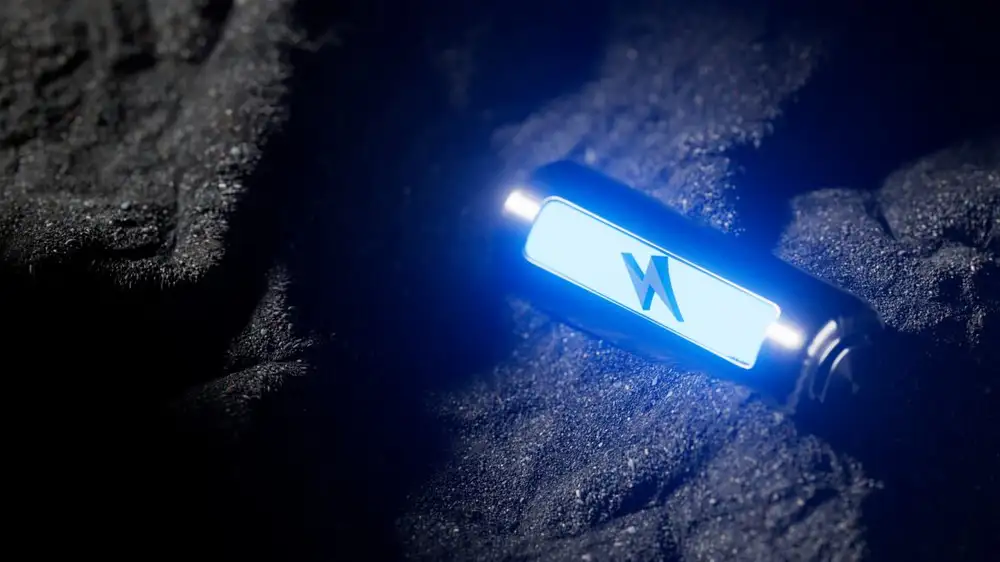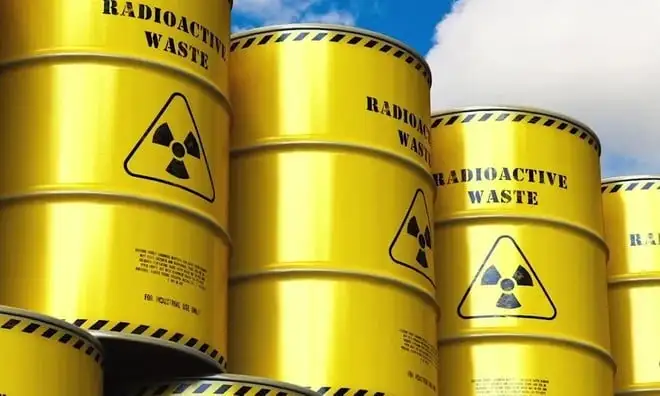Battery electrode materials need to do a lot of things well. They need to be conductors to get charges to and from the ions that shuttle between the electrodes. They also need to have an open structure that allows the ions to move around before they reach a site where they can be stored. The storage of lots of ions also causes materials to expand, creating mechanical stresses that can cause the structure of the electrode material to gradually decay.
Because it's hard to get all of these properties from a single material, many electrodes are composite materials, with one chemical used to allow ions into and out of the electrode, another to store them, and possibly a third that provides high conductivity. Unfortunately, this can create new problems, with breakdowns at the interfaces between materials slowly degrading the battery's capacity.
Now, a team of researchers is proposing a material that seemingly does it all. It's reasonably conductive, it allows lithium ions to move around and find storage sites, and it's made of cheap and common elements. Perhaps best of all, it undergoes self-healing, smoothing out damage across charge/discharge cycles.
High capacity
The research team, primarily based in China, set out to limit the complexity of cathodes. "Conventional composite cathode designs, which typically incorporate a cathode active material, catholyte, and electronic conducting additive, are often limited by the substantial volume fraction of electrochemically inactive components," the researchers wrote. The solution, they reasoned, was to create an all-in-one material that gets rid of most of these materials.
A number of papers had reported good luck with chlorine-based chemicals, which allowed ions to move readily through the material but didn't conduct electricity very well. So the researchers experimented with pre-loading one of these materials with lithium. And they focused on iron chloride since it's a very cheap material.
The researchers ultimately targeted a material with the formula Li1.3Fe1.2Cl4. Simulations showed that it would form a material that places the iron and chloride at the center of structures that look like two four-sided pyramids placed with their bases facing each other (gamers would recognize this as a d8). Each of these had a variable number of lithium atoms at each of the corners of these structures, and molecular simulations showed that lithium ions could readily move between these locations, allowing the material to shuffle ions around the material rapidly. These locations also give the ions a place to sit when stored.
Making it involved creating a mix of lithium chloride and two different formulations of iron chloride. They were pulverized and mixed by rapid rotation with a bunch of solid balls, and the pulverized mixture was then heated overnight at 200°C. The result was a material that could be incorporated into batteries.
When put to use in a test setup, the material had a similar energy density to iron phosphate cathodes, which are noted more for their durability than energy density. Somewhat unusually, it actually maintained more of its capacity when charging at higher rates (most materials do better at a slower rate of charge). And it was quite durable, retaining over 90 percent of its capacity after 3,000 cycles when charged and discharged at a rate that would fill the battery in under 15 minutes. (Again, capacity decayed more rapidly at lower charging rates.)
The material's conductivity wasn't great, but the researchers found they could improve it by mixing in some conductive carbon (about 2 percent by weight). In addition, they showed that it could be layered on top of a high-capacity cathode material, acting as a solid-state electrolyte that both allows ions to flow through and stores them if the capacity of the cathode material is saturated.
A quick fix
The secret of the material's durability appears to be the fact that it undergoes phase transitions during the charging cycle. As more of the lithium leaves the structure, the position of the iron relative to the chlorine can shift, creating three different phases during the full cycle. Overall, the material expands by about 8 percent as it fills up with ions during charging.
The melting point also changes; combined with the heat associated with charge/discharge, this may contribute to a key change in the material's properties: The material undergoes a transition from brittle to ductile, meaning it's easier to deform. This ductility made the material self-healing. "Cracks and voids present in the pristine Li1.3Fe1.2Cl4 electrode are completely healed upon charging," the researchers wrote. That self-healing is almost certainly the primary factor behind the ability of this cathode material to hold onto 90 percent of its capacity after the equivalent of 10 years of daily charging.
Beyond the self-healing, there's a lot to like about this material. It's fast charging, has reasonable capacity, and uses cheap and abundant raw materials. The biggest drawback is probably the manufacturing process described in the paper, as it's hard to scale the pulverization process that was used in the lab. The researchers have an idea about how to do better, but it's still not clear how readily this material can be incorporated into battery manufacturing.
The material may or may not work out in manufacturing, but this work shows that even after years of dominating battery technology, lithium ions still have some largely unexplored chemistries with surprises waiting for us.
Nature, 2025. DOI: 10.1038/s41586-025-09153-1 (About DOIs).

 Rifiuti radioattivi, per il ministro Pichetto deposito non più rinviabile
Rifiuti radioattivi, per il ministro Pichetto deposito non più rinviabile